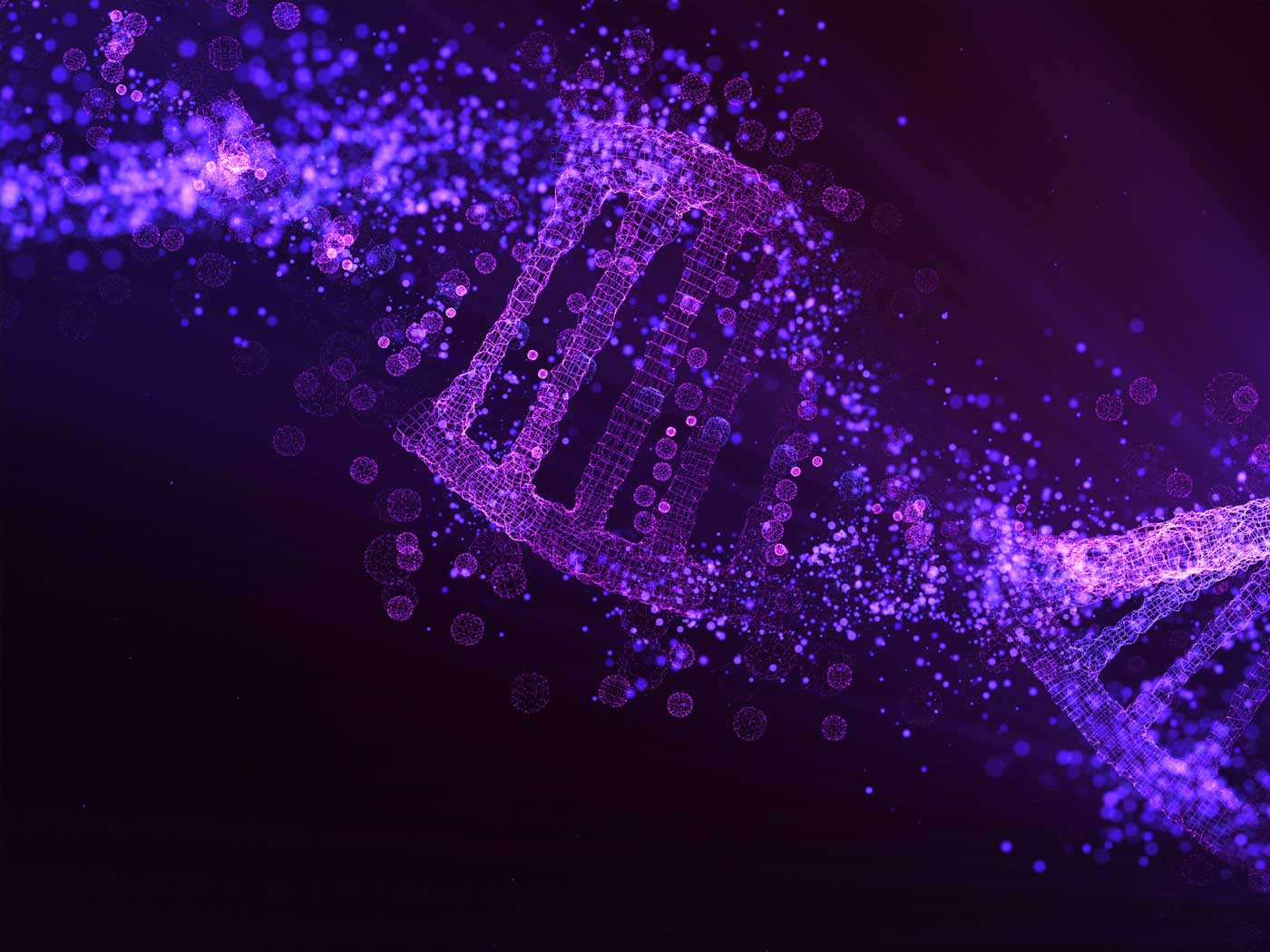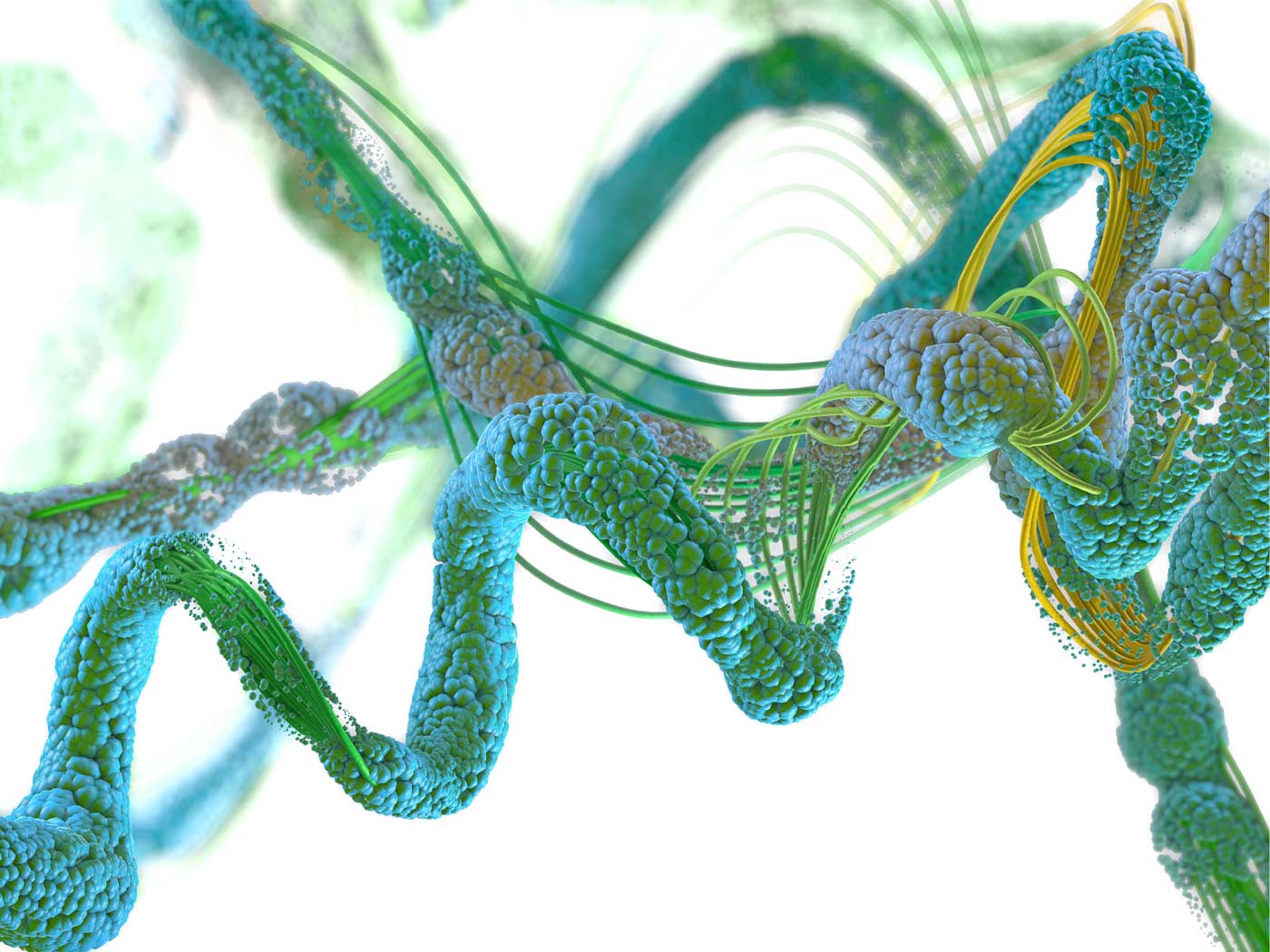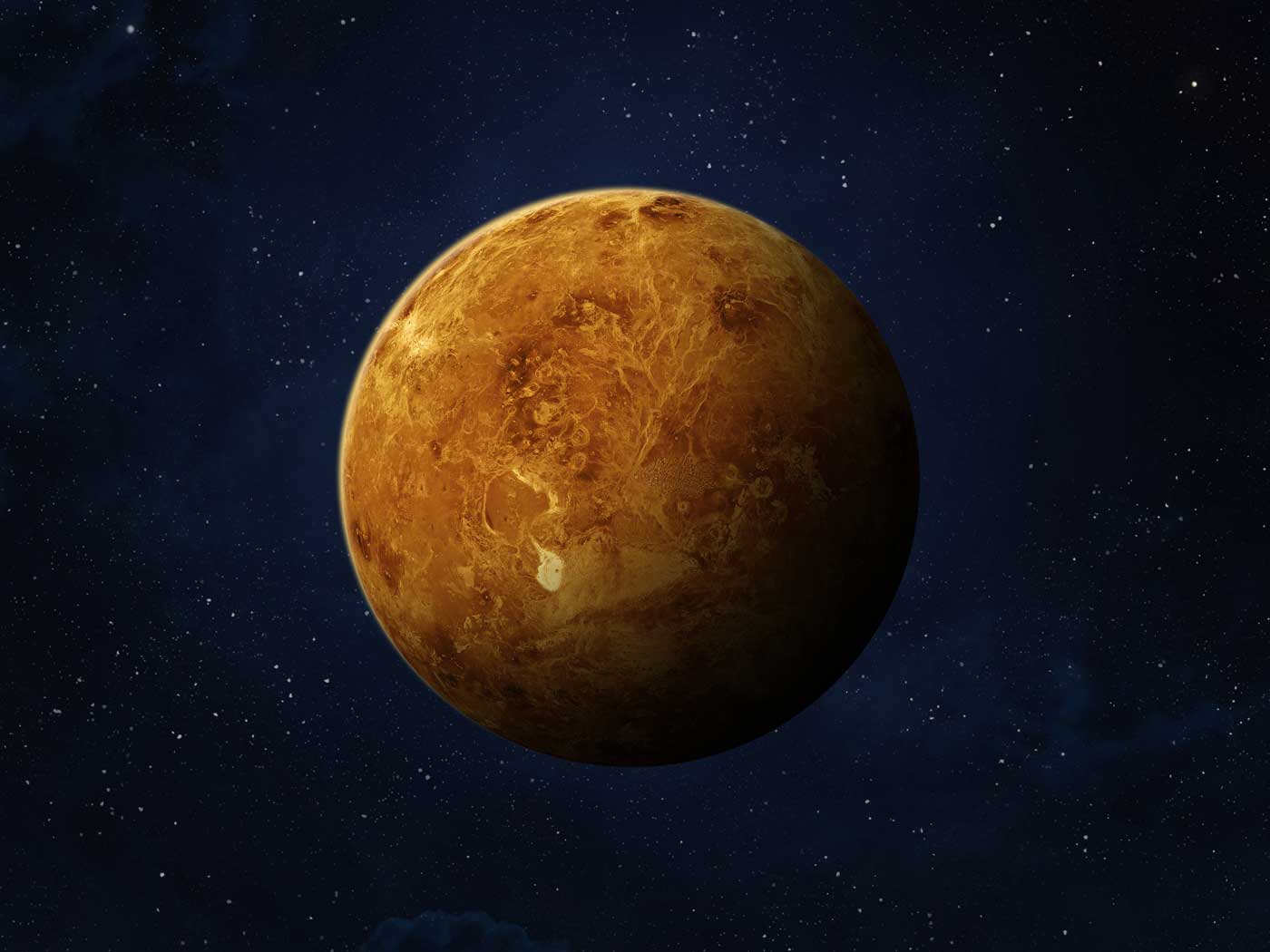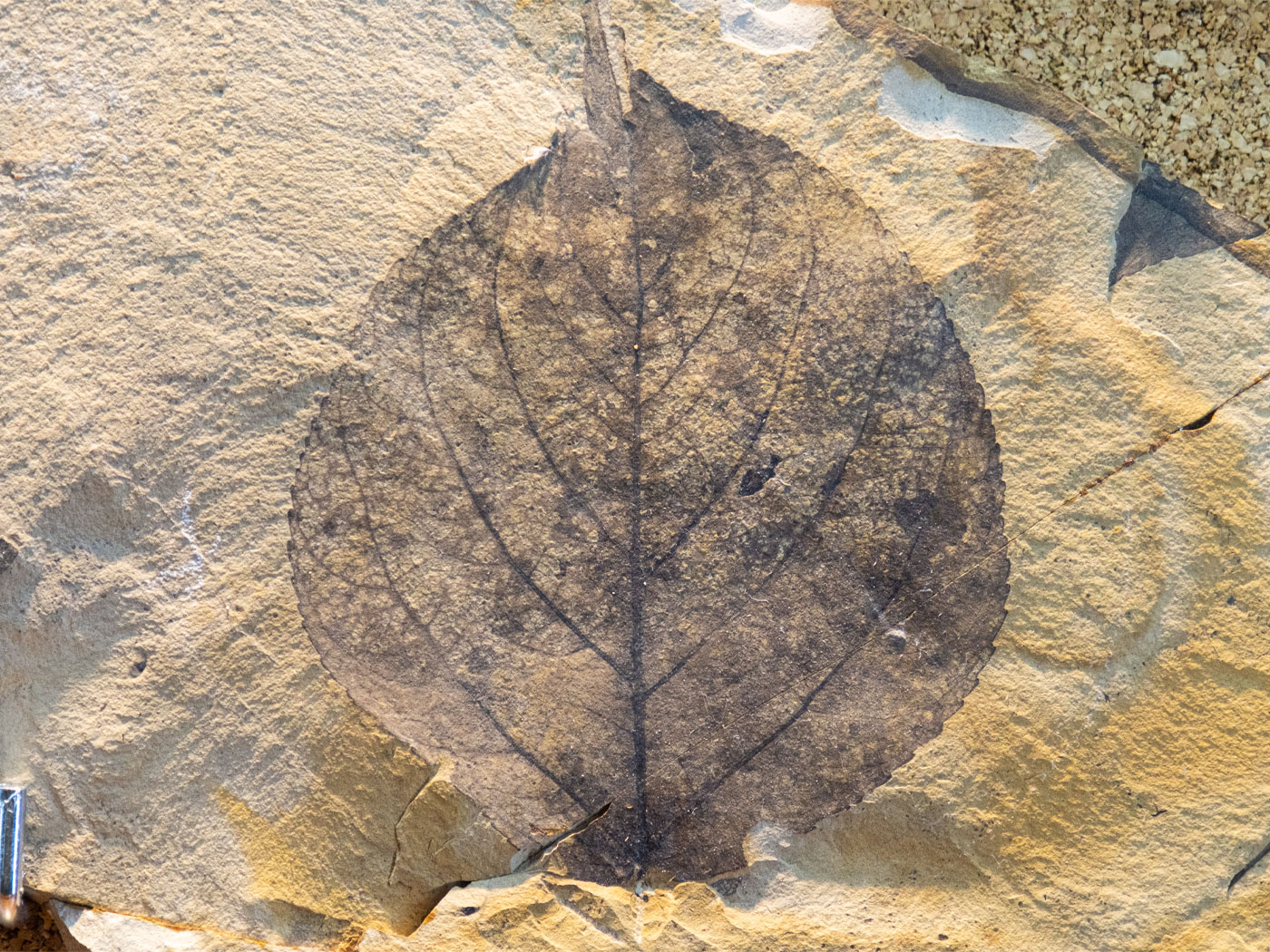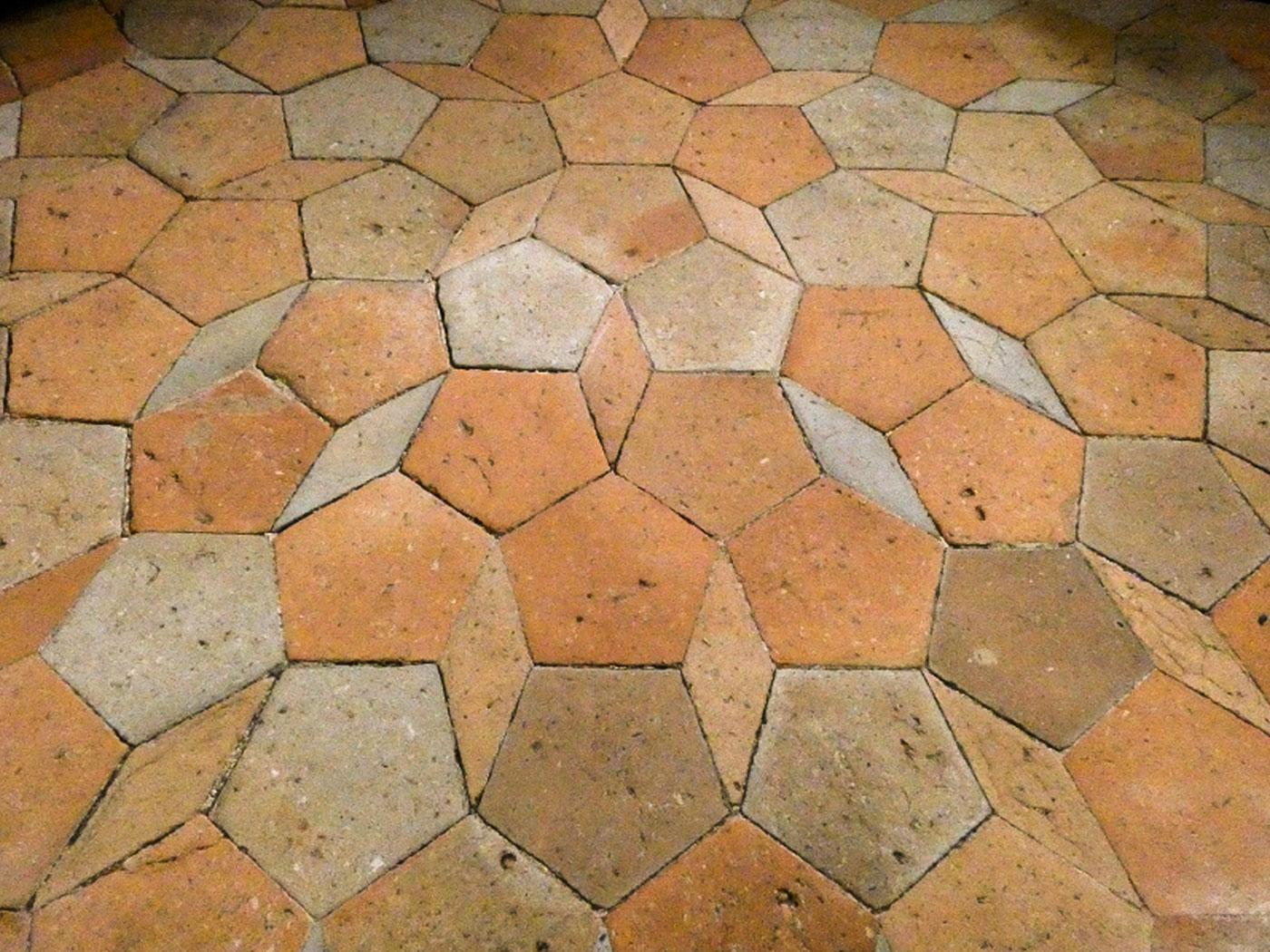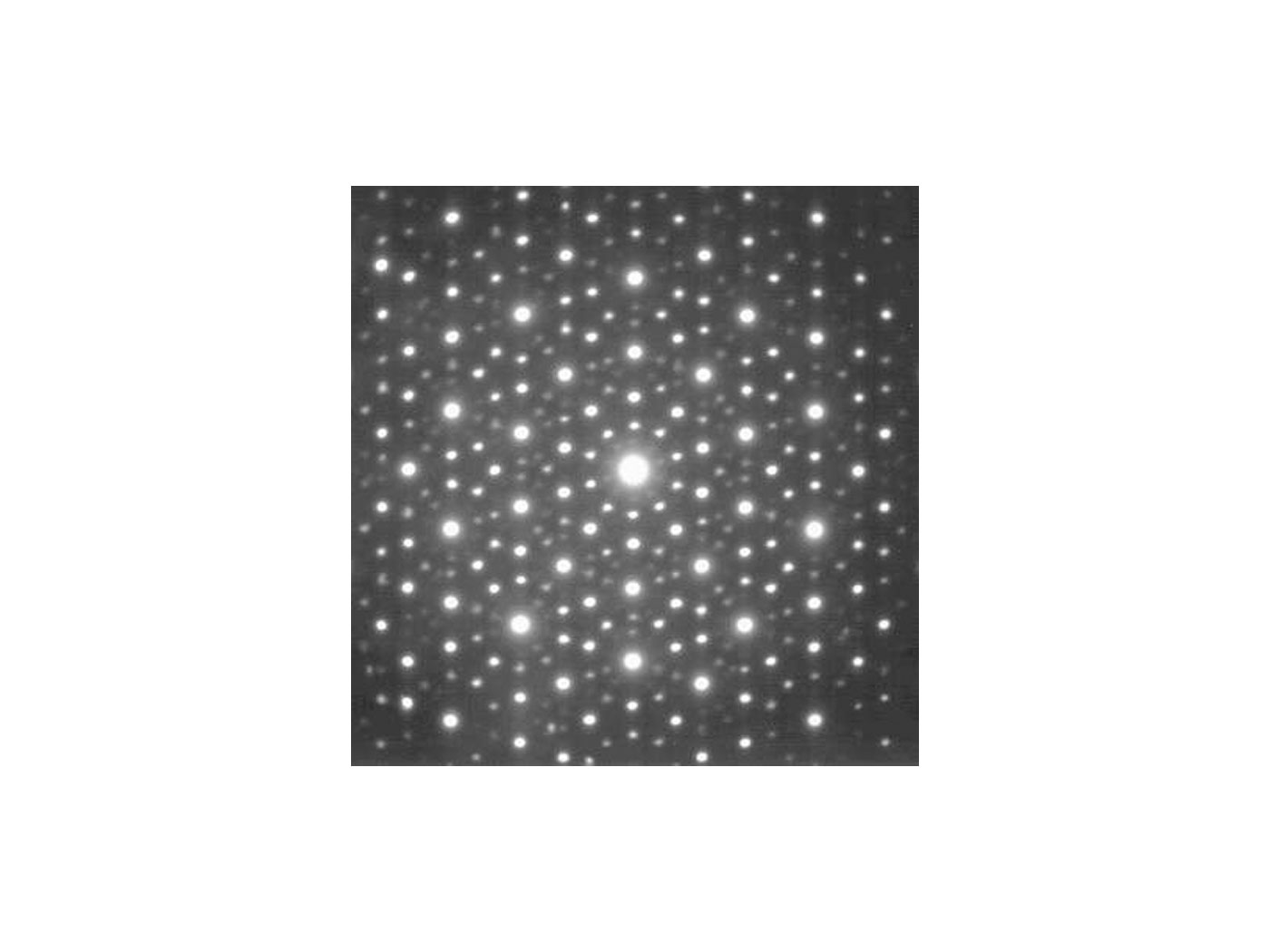Despite “decades of persistent failure to create life by the ‘spark in the soup’ method,”1 evolutionary biochemists are still trying to find an exclusively naturalistic explanation for how the first cell developed. Many possible chemical precursors to life have been systematically ruled out by rigorous experiments. What they have found is that the molecules necessary for life are found exclusively within cells that are already living.
One explanation proposed by evolutionists was the “RNA world” hypothesis, which holds that the first molecules to have spontaneously materialized in an ancient chemical soup were RNAs.2 This has met with too many obstacles to remain viable, so an embellishment to the RNA world was recently proposed by Thomas Cech in the journal Cell.3 He suggested that the first molecules to evolve toward life were ribonucleoproteins (RNPs), molecules made partly of RNA and partly of protein.
In nature, RNPs are found only inside cells. They have specific shapes, sizes, and charge distributions that enable them to accomplish unique and essential DNA and RNA processing tasks. Cech hypothesized that random fragments of proteins, called peptides, were present in a pre-life RNA soup, where they could have interacted with RNA fragments. “Peptides and other small molecules binding to RNA would expand its structural repertoire, and thereby its functional repertoire,” his Cell report stated.3
But where would the peptide parts of RNPs have come from? Biologically relevant peptides are only manufactured in a series of reactions that depend on specific enzymes inside cells. Similar constraints preclude the spontaneous formation of RNAs. However, if the peptides and RNAs were there and if it were possible for them to have bonded together despite the tendency of natural forces to disperse and break up molecules, why would it necessarily have expanded the structural and functional repertoires of RNPs (as Cech claims) rather than restricting those functions (which is far more likely)? And what constitutes a function in a dead, imaginary world that does not contain the cells needed to provide the context for what is functional versus what is not?
Even an ocean full of randomly-assembled RNPs would be irrelevant because the sheer number of nonfunctional variants would physically push the “functional” ones so far apart that they would never have a chance to interact. A mechanism would have been necessary to weed out all the functionless RNPs and concentrate all the functional ones. Even if this somehow occurred, the molecules would have had no defined function without whole cells in which to operate. But mechanisms with “functions” only are known to arise by planning and intent. The laws of chemistry and physics alone do not generate RNPs, let alone the environments that would determine their functionality.
The possibility of RNPs as life-forming chemicals is nullified by the same scientific problems that plague the RNA world. Namely, RNAs are extremely fragile and short-lived molecules. In a pre-biotic chemical soup, the RNA portions of ribonucleoproteins would have broken down within minutes with exposure to ultraviolet radiation, oxygen, or water.
Thus, the Scripture remains consistent with scientific observations: “All things were made by [God]; and without him was not any thing made that was made.”4
References
- Milner, R. 1993. The Encyclopedia of Evolution: Humanity’s search for its origins. New York: Henry Holt, 274.
- RNA stands for ribonucleic acid. It is a vital, long, strand-like molecule made of many nucleotide chemical units linked together in a specified order as a chain.
- Cech, T. R. 2009. Crawling Out of the RNA World. Cell. 136 (4): 599-602.
- John 1:3.
* Mr. Thomas is Science Writer at the Institute for Creation Research.
Article posted on June 15, 2009.





